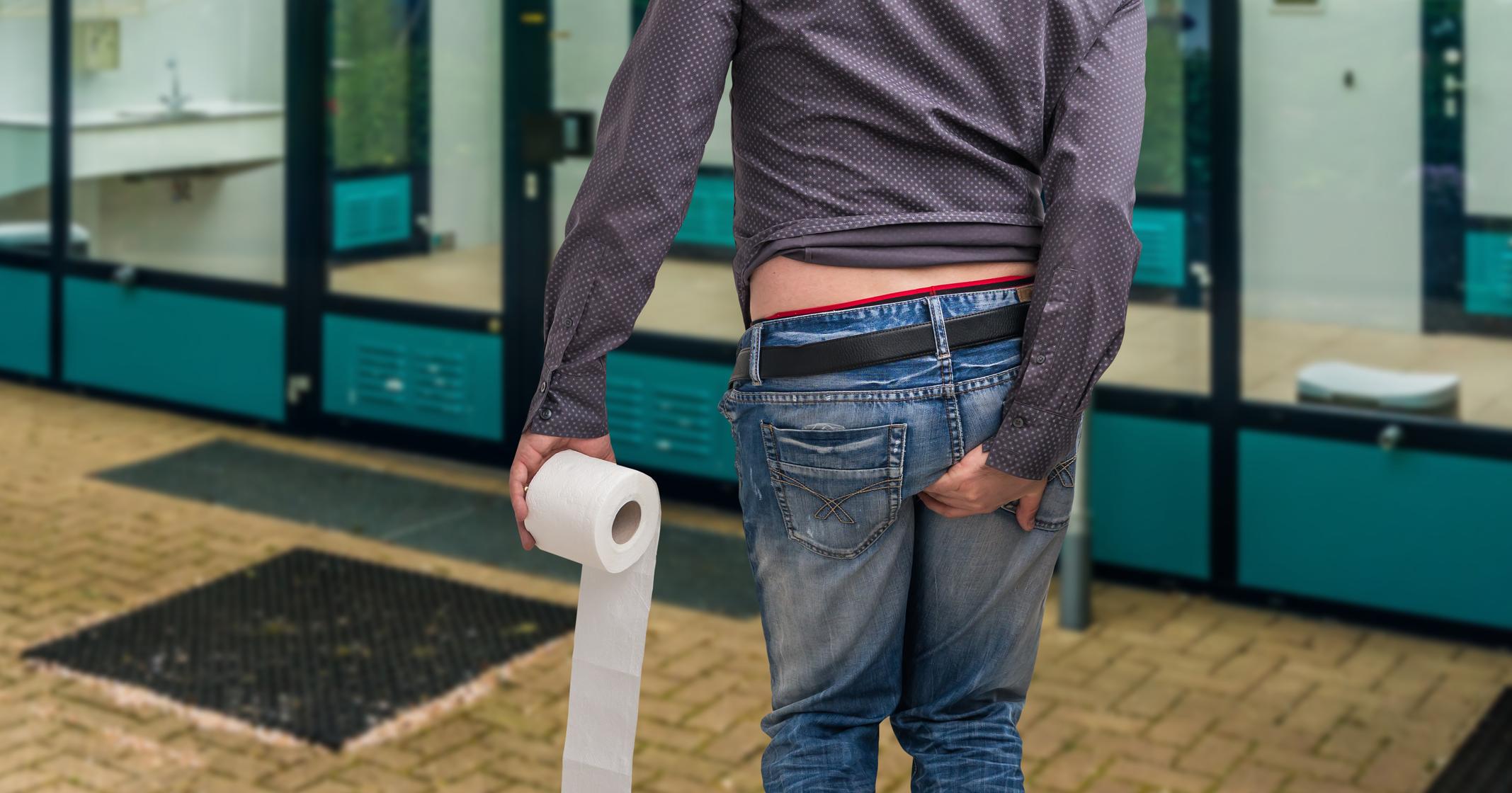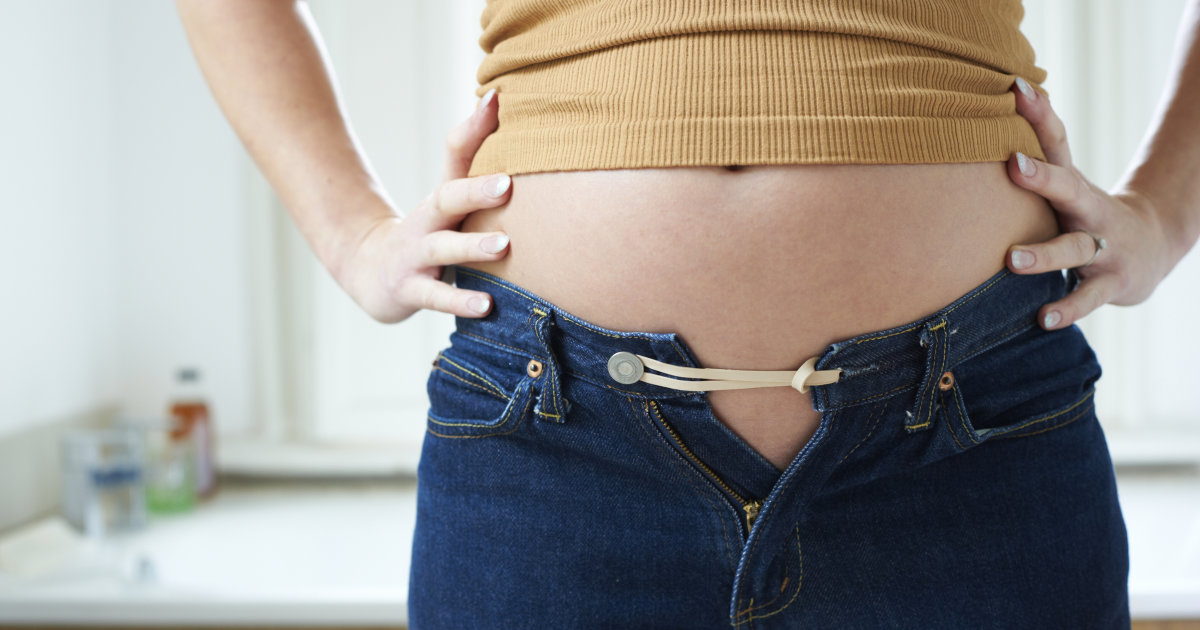Symptoms Of Pancreatitis To Look Out For
Pancreatitis is a medical condition that causes the pancreas to become inflamed. Pancreatitis can develop due to gallstones, cystic fibrosis, infections, pancreatic cancer, and abdominal surgery. Elevated calcium and triglycerides are also risk factors for this condition. If left untreated, pancreatitis may lead to breathing difficulties, malnutrition, and kidney failure.
There are many options for pancreatitis treatment. Patients may need to engage in fasting for a few days, especially with a hospital visit. Pain medications also help treat pancreatitis, though many patients require intravenous fluids to stop dehydration with pancreatitis. Surgery for pancreatitis may also be necessary. For instance, patients may need a gallbladder removal. A pancreatitis cure often means dietary changes and pancreatic enzyme supplements.
Poor Absorption Of Food

The poor absorption of food, also known as malabsorption, typically occurs in chronic pancreatitis. With chronic pancreatitis, the normal function of the pancreas may be significantly impaired. Thus, it will not release a sufficient number of the enzymes required to break down food effectively. This can lead to both diarrhea and significant weight loss. Stools may also be lighter in color than normal. A stool test can be used as part of a diagnostic workup to identify malabsorption; it may show excessive fat in the stool. To treat the poor absorption of food, doctors will monitor patients for dehydration. They will likely be referred to a nutritionist for consultations. Dietary changes can help patients obtain more nutrients, and patients may need to take vitamin and enzyme supplements.
Keep reading for more information regarding the symptoms of pancreatitis now.
Swelling And Tenderness In The Abdomen

Both acute and chronic pancreatitis produce swelling and tenderness in the abdomen. Abdominal tenderness is more common in acute pancreatitis, and this typically occurs when the abdomen is touched. Patients with acute pancreatitis generally experience tenderness accompanied by pain in the upper abdominal area. The pain may radiate to the patient's back, and it usually worsens after a meal. Abdominal tenderness is less common in chronic pancreatitis, but patients frequently experience upper abdominal pain. In chronic cases, this pain may be more constant, and it may not come and go with meals.
Most patients with any kind of pancreatitis will have severe abdominal pain, and hospitalization is often required. To reduce swelling and pain, patients may fast for several days during their hospital stay and then transition to a liquid diet for a short time. Once food is reintroduced, patients may need to follow a low-fat diet. Nutritionists can help them create meal plans that ease pain associated with eating and digestion. The use of a feeding tube may be needed for patients whose pain persists after eating. Both oral and intravenous pain medications will also be given to ease pain. Patients may be able to take enzyme supplements to improve their digestion.
Learn more about the warning signs of pancreatitis now.
